Types of Pearls and Care Guidelines

Pearls are sea treasures that have become a loved piece of jewelry. They have a beautiful and timeless appeal, so it is essential to take care of them.
But there are so many types of pearls it can be difficult for you to understand them and how they can be cared for.
Here is a review of the various types of pearls. There are natural pearls and cultured pearls.
Natural pearls are rare and can be found in the Persian Gulf, while cultured pearls are grown in pearl farms and harvested in freshwater or saltwater.
Saltwater pearls include South Sea pearls, Akoya pearls, and Tahitian pearls.
Pre-Cleaning Preparations
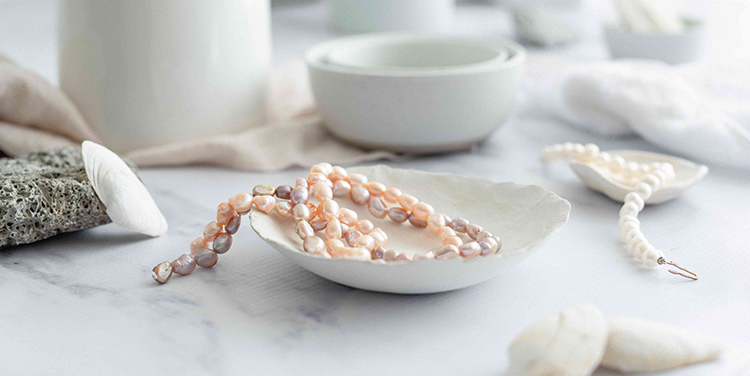
Your pre-cleaning should start with inspecting your pearls. You can use a magnifying glass.
Doing this will allow you to notice loose gemstones before falling off. Examining your pearl rings will enable you to spot hidden and accumulated dust or lodged debris.
You can use a make-up brush or a soft toothbrush to remove these.
Ensure you use the softest brush you can find because some pearls are delicate and can be ruined if you brush them too much.
Dip a cotton swab in a cleaner for any stubborn particles and gently clean them off.
Cleaning Techniques for Pearl Rings
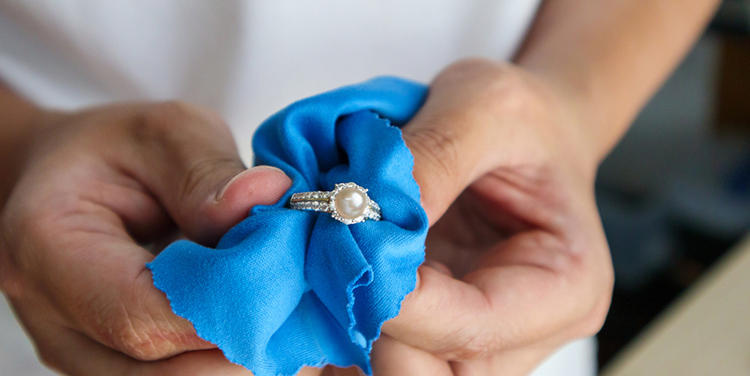
Here is something to note. Pearls are only 2.5 on the Mohs scale.
The Mohs scale shows relative hardness, with one being the softest and ten the hardest.
Pearls are soft. Treating them differently from your regular jewelry or other gemstones is best.
Avoid cleaning them with steam cleaners or in an ultrasound. Heat and chemicals can damage them.
So, it is best to avoid harsh chemicals. Here are the safe ways to clean your pearl rings.
After Use: Use a soft, dry cloth to wipe your pearls after each use.
This will prevent your pearl rings from accumulating dust and oils.
After that, wrap them in a soft cloth like a flannel.
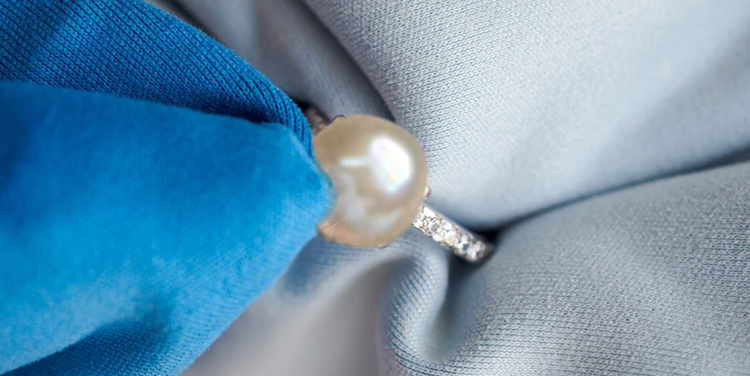
For Regular Cleaning: Clean your pearl rings with a damp, soft cloth.
If there are visible stains or dirt, mix lukewarm water with a mild soap or dish soap, dip a soft cloth, and wipe them gently.
Avoid submerging your pearl rings in water so that you do not weaken the silk thread.
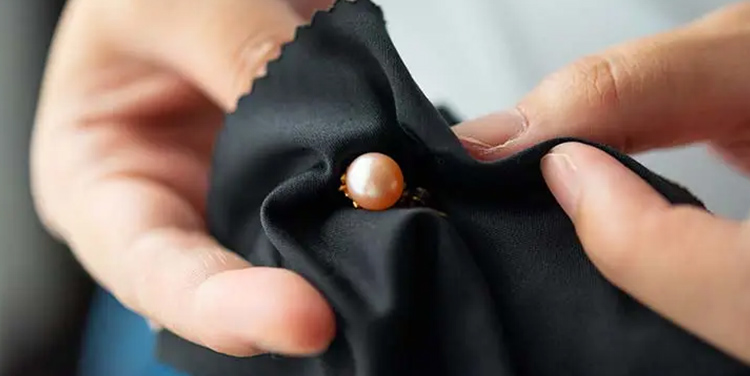
Pearl Ring Metal Cleaning: To sanitize your pearl ring metals, dip a cotton swab in alcohol, then gently wipe the metal.
Be careful so that the alcohol does not touch the pearl.

Periodic Professional care: Nothing beats professional care.
So, at least once yearly, take your pearl rings to a jeweler for assessment.
Aside from checking the integrity of your pearls, they will also clean them for you.
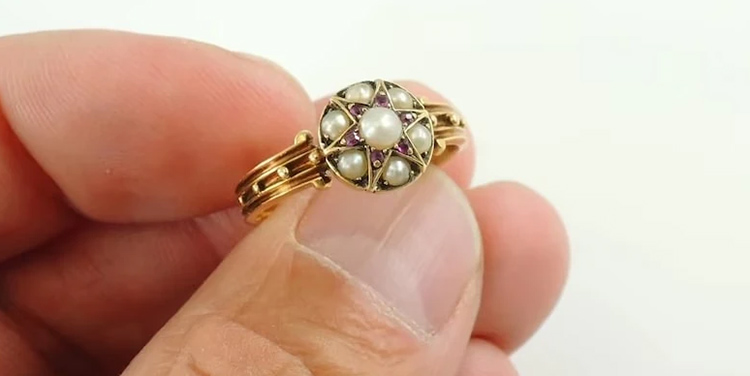
Common Mistakes to Avoid
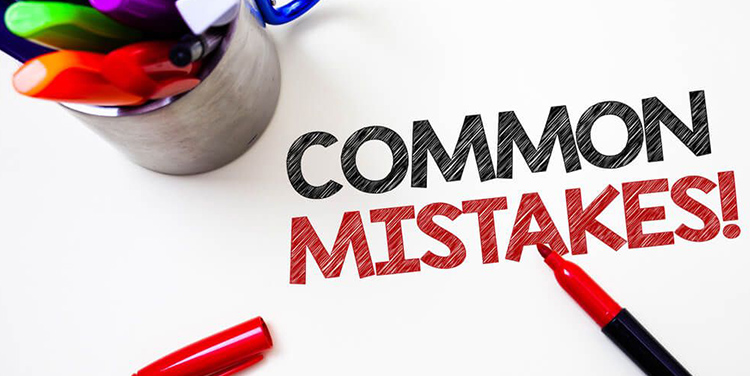
Most of the mistakes people make with pearls are because they are gemstones, and you want to treat them like the others.
But they are a different and more delicate kind of gemstone.
You cannot treat them like gold, diamonds, and stainless steel jewelry.
Here are five common mistakes to avoid when caring for your pearl ring.
1. Wearing in Shower: Most people do this with other jewelry pieces, and you may have done it with your pearls ring.
But doing this with pearls will damage them because hard water and some soaps are unsuitable.

2. Cleaning with Hot Water: Cleaning your pearl rings with hot water may sound sensible, but the heat will only damage your pearls.

3. Soaking in Vinegar: You may think cleaning with vinegar will restore your pearl's luster, but that is wrong.
Vinegar is harsh and will only cause extra damage to your pearl rings.
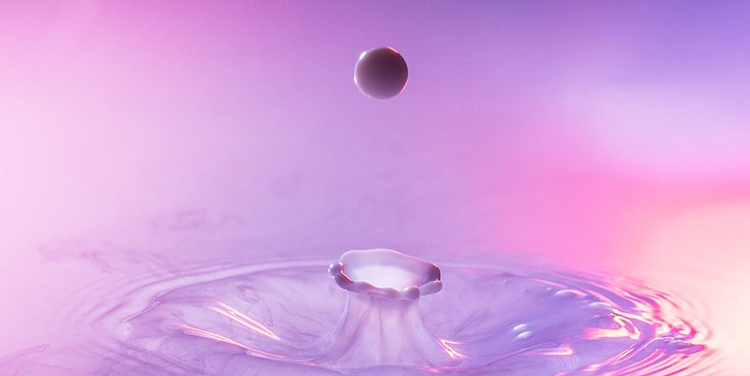
4. Using Jewelry Cleaners: Like other mistakes, most people do this with good intentions.
But pearls are more delicate than other gemstones.
So, applying your jewelry cleaners on them may
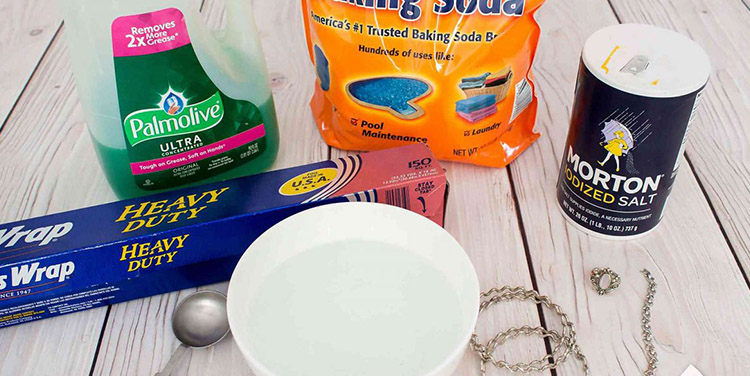
5. Using bleach: Do not allow bleach to come in contact with your pearl rings.
Bleach contains too harsh chemicals for your pearl's delicate outer layer.
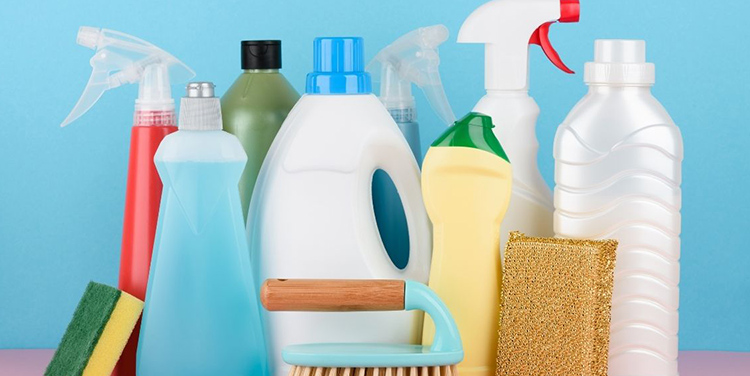
Additional Tips To Care for Your Pearl Rings
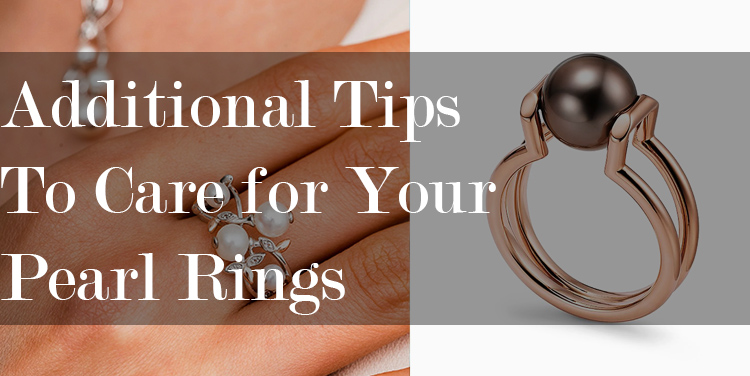
●Your pearl rings should be the last thing you wear when getting dressed. Avoid getting them in contact with lotions, sprays, and perfumes.
●Store your pearl rings flat to avoid scratching or stretching the surface.
●Create a space to store your pearl rings separate from your other jewelry.
●Wear your pearl rings often, as pearls love a moist environment. Wearing them regularly prevents them from drying out.
Storing Pearl Rings
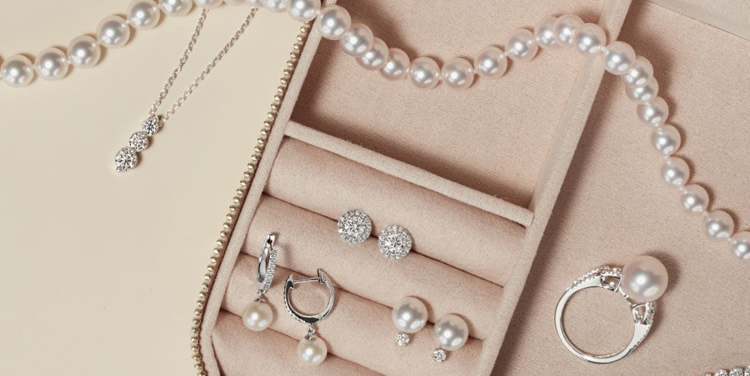
The best way to store your pearl rings is to keep them in a soft-lined jewelry box or a soft cloth pouch. It is best to avoid airtight storage like ziplock bags, as that will damage its luster.
Also, avoid storing them together with other jewelry pieces or in places with a hard surface.
Also, avoid storing your pearl rings in plastic containers, as they can release harmful chemicals that end up eroding the surface of your pearls.
When going on a long trip, please place them in a soft-lined pouch to protect them from contact with other materials.
Also, avoid storing your pearl rings in a safety box because nacre has an organic composition and requires moisture to breathe.
Restringing and Repairs

While you may want to do it yourself, restringing or repairing your pearl rings is best done by a professional.
Before sending out your pearl rings for repair, you may want to remove the pearls to avoid damage.
Most pearls are attached to their strings with glue. To remove them, gently warm the jewelry piece, not the pearl.
The warmth will soften the glue so you can pull off the pearl without damaging it.
If you wear your pearl rings as often as you should, it is advisable to restring them yearly.
Restringing your pearl rings can range from $20.00 - $100.00, depending on size and the level of work needed.
Depending on the amount of work required, repairs could take a few days.
Summary
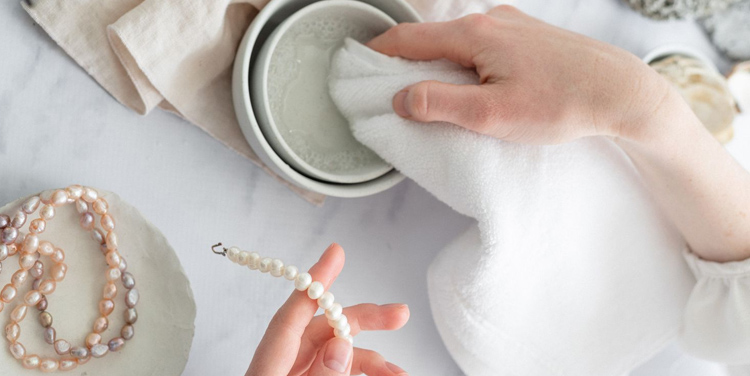
Pearls are delicate pieces of jewelry that have become a big part of our fashion.
And because of their uniqueness and how fragile they are, they need special care.
A simple way is to clean with soft clothing after use. But for thorough cleaning, referring to a professional jeweler is always advisable.
Caring for your pearl rings will help them retain their luster and last long, and you will be glad you did.
Pearl Ring FAQs
Can I use regular jewelry cleaners on pearl rings?
No. While regular jewelry cleaners work for other gemstones, they are not advisable to use on pearl rings.
How often should I clean my pearl ring?
Clean and wipe your pearls with soft clothing after every use, and take them to your jeweler at least once a year for maintenance, cleaning, and restringing.
What should I do if my pearl ring becomes damaged?
If you notice that your pearl ring is damaged, the best thing to do is to take it to a jeweler.
If the pearl has fallen off the string, you may be tempted to fix it with glue. While this could work, let a professional handle it.
Can I wear my pearl ring while swimming or showering?
No. Avoid showing or swimming with your pearl rings, as contact with hard water or soap will damage the surface of the pearl.
How do I prevent my pearl ring from losing its luster?
Do not store your pearl rings in either too dry or warm places.
If you use them often, ensure you take them off before showering or washing your hands.
Clean them with soft clothing after each use, and store them safely.


Leave a Comment